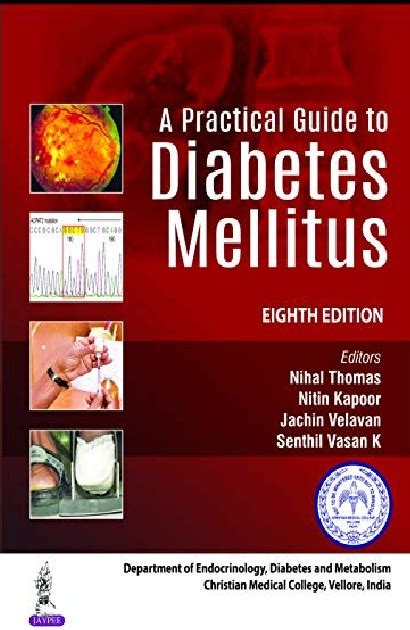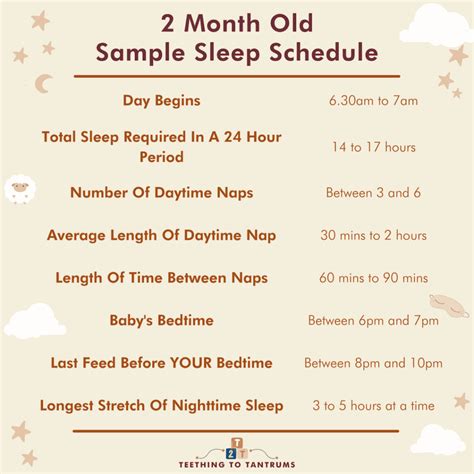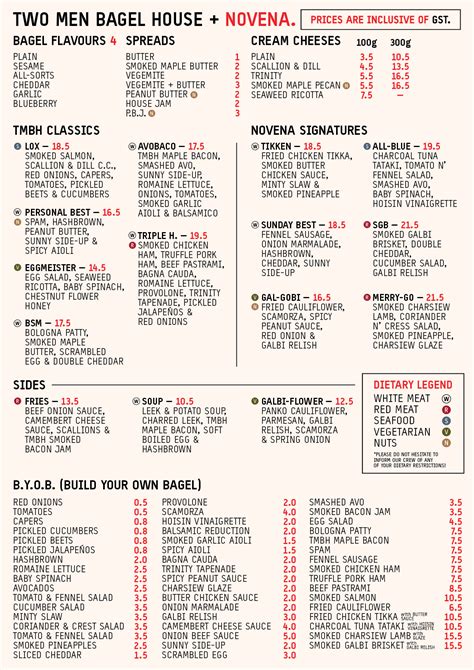Introduction
Diabetes mellitus, a chronic metabolic disorder, affects millions worldwide. This guide provides comprehensive insight into understanding, managing, and living with diabetes.

Types of Diabetes Mellitus
1. Type 1 Diabetes:
– Autoimmune condition where the body’s immune system destroys insulin-producing beta cells in the pancreas.
– Requires daily insulin injections.
2. Type 2 Diabetes:
– Most common type, characterized by insulin resistance and impaired insulin production.
– Can be managed through lifestyle modifications, medications, or insulin therapy.
Symptoms and Diagnosis
Common symptoms of diabetes include:
– Frequent urination
– Excessive thirst
– Increased hunger
– Unexplained weight loss
– Blurred vision
– Fatigue
Diagnosis is confirmed through a blood test measuring glucose levels:
– Fasting Blood Sugar Test: >126 mg/dL
– Oral Glucose Tolerance Test: >200 mg/dL after 2 hours
Risk Factors
Certain factors increase the risk of developing diabetes:
– Obesity
– Family history
– Physical inactivity
– Unhealthy diet
Health Implications
Uncontrolled diabetes can lead to severe complications:
– Heart disease and stroke
– Kidney damage
– Nerve damage (neuropathy)
– Retinopathy (eye damage)
Prevention and Management
Prevention:
– Maintain a healthy weight
– Engage in regular physical activity
– Adopt a balanced diet
Management:
– Monitor blood glucose levels regularly
– Follow a personalized treatment plan
– Make dietary and lifestyle changes
– Consider medications or insulin therapy as needed
Nutritional Guidelines
Adhering to a healthy diet is crucial for diabetes management:
- Increase Fiber Intake: Whole grains, fruits, and vegetables.
- Limit Processed Foods and Sugary Drinks: These can rapidly raise blood glucose levels.
- Choose Lean Protein: Fish, poultry, and beans provide essential nutrients without high fat content.
- Monitor Carbohydrate Intake: Choose whole-grain carbohydrates over refined ones.
- Hydrate: Drink plenty of water to prevent dehydration.
Physical Activity
Regular exercise helps improve insulin sensitivity and lower blood glucose levels. Aim for:
– 150 minutes of moderate-intensity exercise per week or
– 75 minutes of vigorous-intensity exercise per week
Medications
Various medications are available to manage diabetes:
– Metformin: Lowers blood glucose levels by improving insulin sensitivity.
– Insulin: Injected hormone that mimics the body’s natural insulin.
– DPP-4 Inhibitors: Block enzymes that break down incretins, hormones that stimulate insulin production.
Lifestyle Modifications
Empowering oneself with knowledge and adopting healthy habits is essential:
1. Stress Management: Stress can raise blood glucose levels. Techniques like yoga, meditation, or deep breathing can help manage stress.
2. Regular Sleep: Aim for 7-9 hours of quality sleep each night. Lack of sleep can impair glucose metabolism.
3. Smoking Cessation: Smoking damages blood vessels and impairs insulin sensitivity. Quitting smoking is highly beneficial.
Common Mistakes to Avoid
- Skipping Blood Sugar Monitoring: Accurate monitoring is crucial for managing diabetes effectively.
- Ignoring Diet and Exercise Recommendations: Lifestyle modifications are essential for long-term success.
- Overuse of Insulin: Inappropriate insulin use can lead to hypoglycemia (low blood glucose).
Pros and Cons of Diabetes Medications
Pros:
– Effective in lowering blood glucose levels
– Can improve insulin sensitivity
– May reduce the risk of complications
Cons:
– Some medications can have side effects
– Multiple doses may be required
– Can be expensive
Tables for Empowering Understanding
Table 1: Symptoms and Diagnosis of Diabetes
| Symptom | Fasting Blood Sugar Test | Oral Glucose Tolerance Test |
|---|---|---|
| Frequent urination | >126 mg/dL | >200 mg/dL after 2 hours |
| Excessive thirst | ||
| Increased hunger | ||
| Unexplained weight loss | ||
| Blurred vision | ||
| Fatigue |
Table 2: Risk Factors for Diabetes
| Risk Factor | Description |
|---|---|
| Obesity | Body Mass Index (BMI) ≥30 |
| Family history | Close relatives with diabetes |
| Physical inactivity | Less than 150 minutes of moderate-intensity exercise per week |
| Unhealthy diet | High in processed foods, sugary drinks, and saturated fat |
Table 3: Nutritional Guidelines for Diabetes
| Nutrient | Recommended Intake |
|---|---|
| Fiber | 25-30 grams per day |
| Processed Foods | Limit |
| Sugary Drinks | Limit |
| Lean Protein | Good sources: fish, poultry, beans |
| Carbohydrates | Focus on whole-grain carbohydrates |
| Water | Hydrate adequately |
Table 4: Physical Activity Recommendations for Diabetes
| Type of Activity | Intensity | Duration | Frequency |
|---|---|---|---|
| Moderate-Intensity | Brisk walking, swimming, cycling | 150 minutes per week | 5 days per week |
| Vigorous-Intensity | Running, sprinting, high-intensity interval training | 75 minutes per week | 3 days per week |
Conclusion
Managing diabetes mellitus requires a multifaceted approach involving knowledge, lifestyle modifications, and medical interventions. By embracing this practical guide, individuals can empower themselves with the tools to live healthier, fulfilling lives despite the challenges of diabetes.















